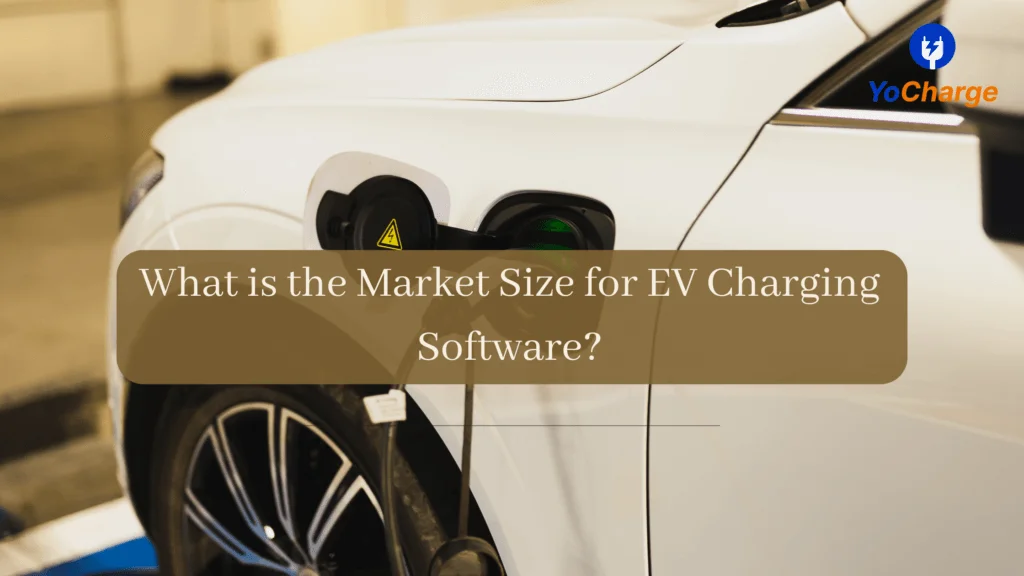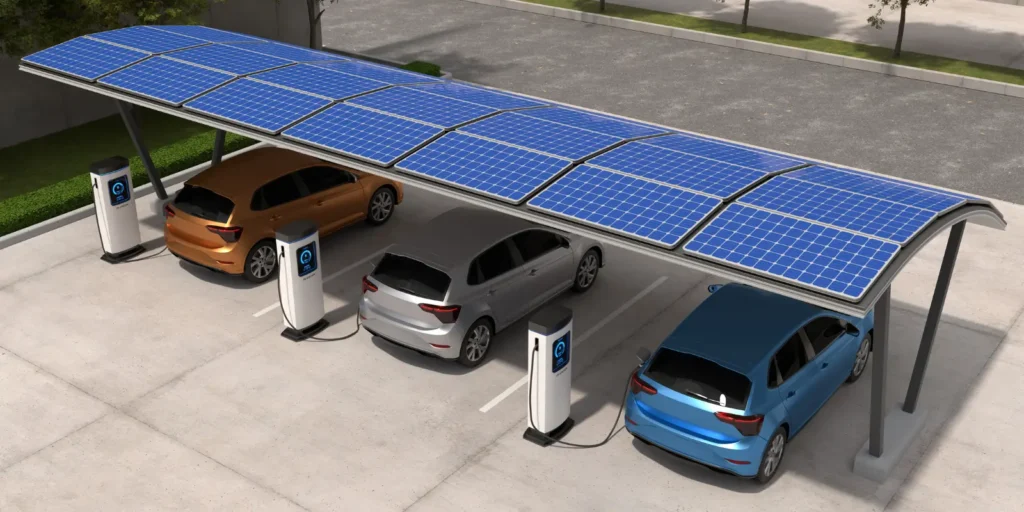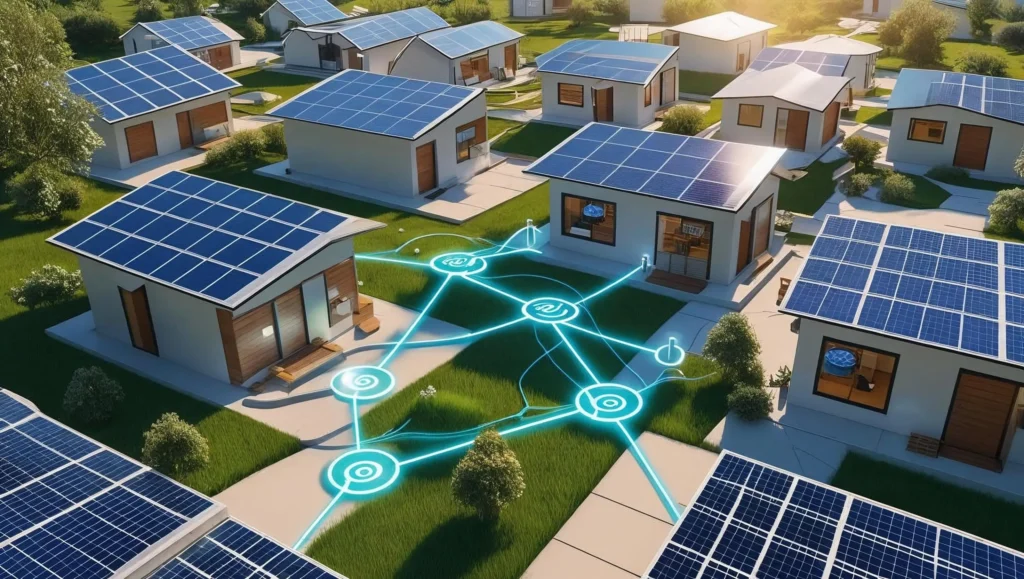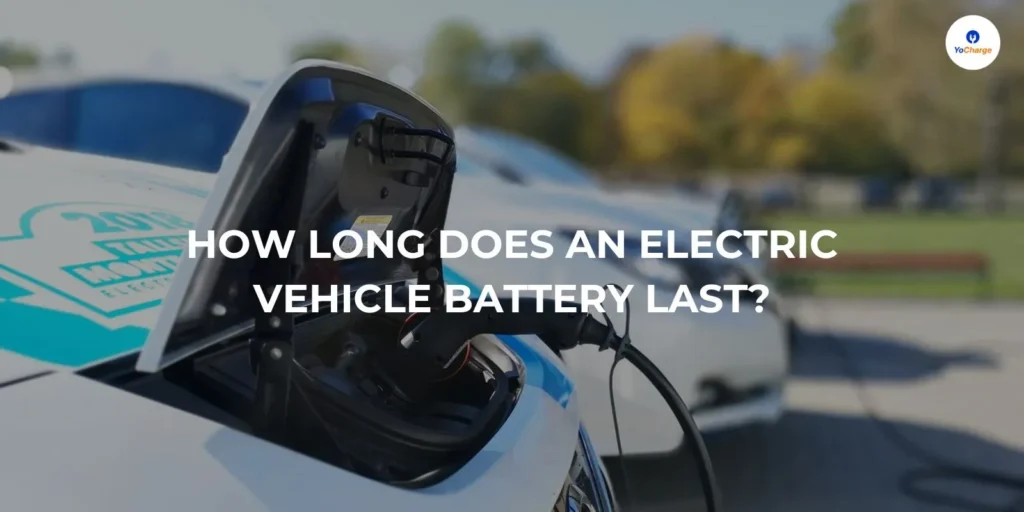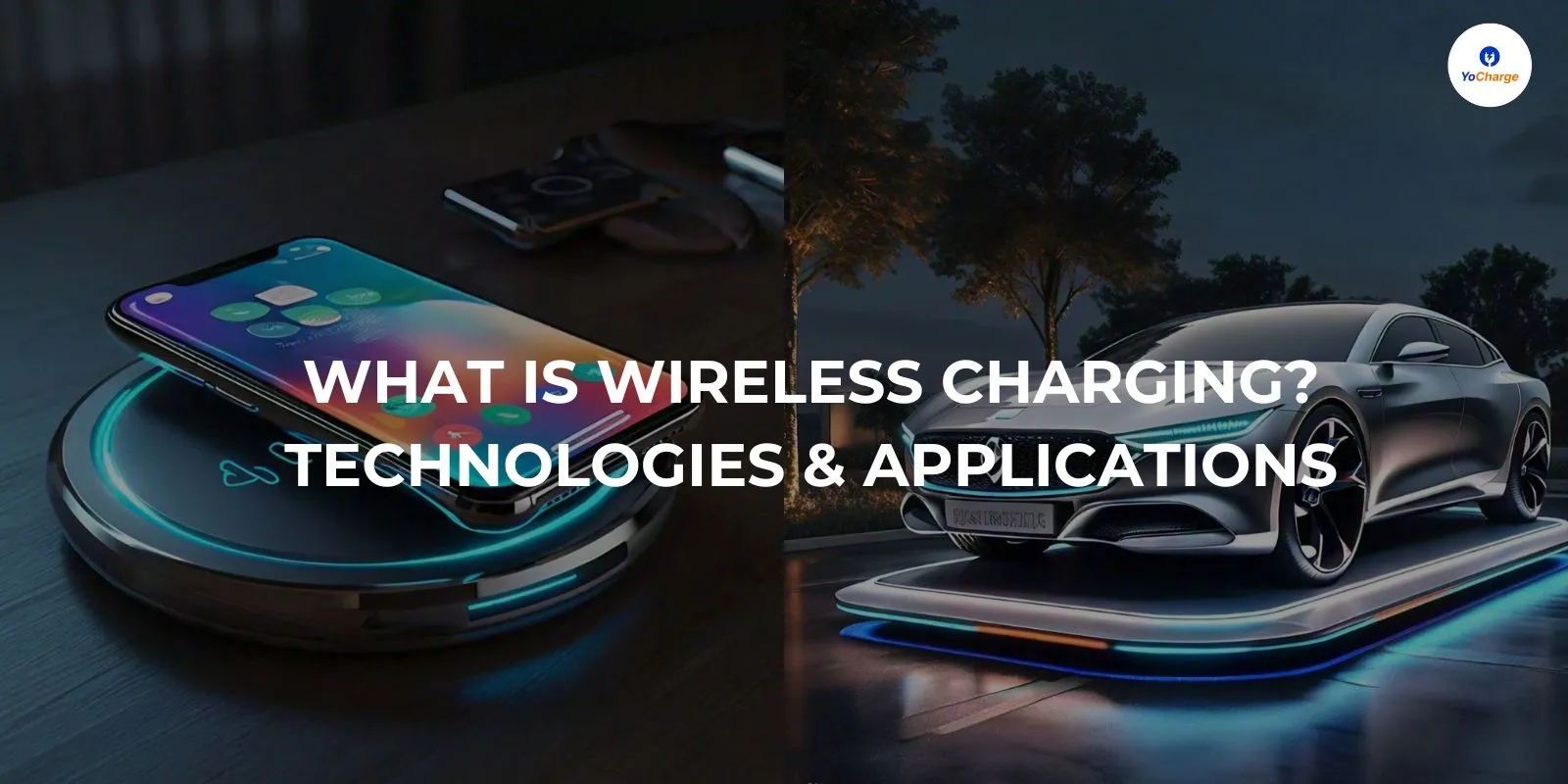
What if you could power your devices without ever plugging them in? As wireless charging technology advances, it becomes possible. Wireless charging has changed how we power devices by removing the need for physical cables. This innovation has become popular due to the growing need for charging electronic gadgets conveniently. This article will explain the basics of wireless charging, the different technologies, and its uses across various industries.
What is Wireless Charging?
Wireless charging, or inductive charging, powers devices without direct electrical contact. Instead, it uses electromagnetic fields to transfer energy between two objects. The idea dates back to the late 19th century when Nikola Tesla showed how electricity could be transmitted wirelessly. However, wireless charging became practical for consumer use only with modern electronics.
According to Markets and Markets, the global wireless charging market is estimated to be USD 6.4 billion in 2024. It is also expected to reach USD 16 billion by 2029, growing at a compound annual growth rate (CAGR) of 20.3%. This rapid growth shows the increasing reliance on wireless technology in everyday life.
Types of Wireless Charging Technologies
Wireless charging technologies fall into three main categories:
1. Inductive Charging (Near-Field Charging)
Inductive charging is the most common form. It works over short distances, typically a few millimeters, and is used in smartphones and wearables. The Qi standard is the most recognized protocol for inductive charging, allowing compatibility across many devices. This method is efficient but requires precise alignment between the coils.
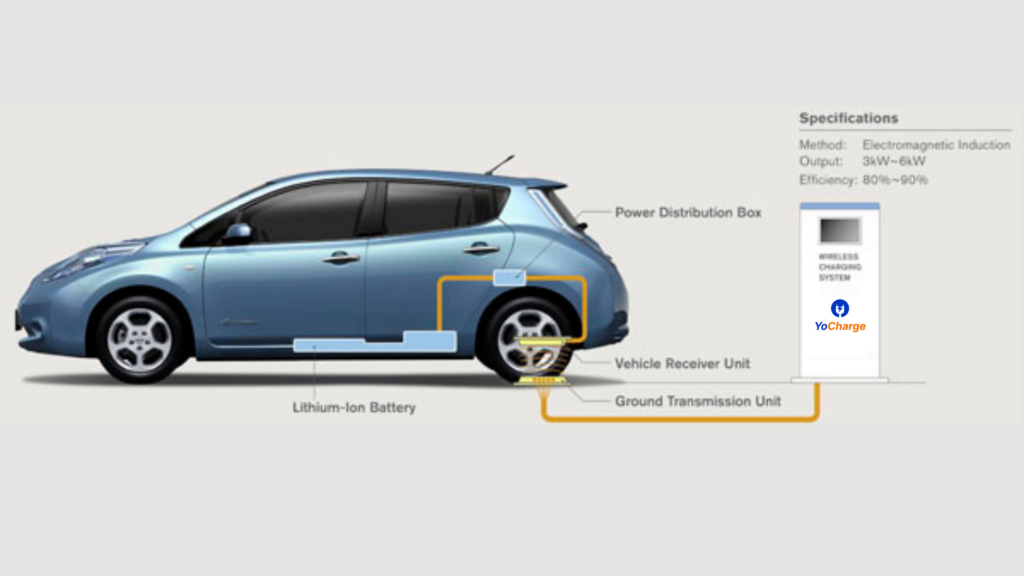
Also Read: What is Induction Wireless Charging?
2. Resonance Charging
This technology allows charging over slightly longer distances, up to a few centimeters, using resonant inductive coupling. It is useful when devices may not be perfectly aligned with the charging pad. Resonance charging is being integrated into furniture and public spaces, enhancing user convenience.
3. Radio Frequency (RF) Charging
RF charging enables power transfer over much greater distances, up to several feet. It is useful for low-power devices like sensors and IoT gadgets. This technology uses radio waves to transmit energy, making it versatile for applications like smart home devices and medical implants.
An Overview of All Wireless Charging Technologies
| Type | Description | Charging Distance | Power Levels | Applications |
|---|---|---|---|---|
| Inductive Charging | Relies on electromagnetic induction between a transmitter coil in the charging pad and a receiver coil in the device. Requires precise alignment. | 0-4 cm | 5-15W | Electric Vehicles, Smartphones, wearables, small electronics |
| Resonant Charging | Uses loosely coupled resonant inductive charging, allowing charging over slightly longer distances. Provides more flexibility in device placement. | 0-10 cm | 5-15W | Smartphones, wearables, furniture integration |
| Radio Frequency (RF) Charging | Utilizes radio frequency waves to transfer power over longer distances. Suitable for low-power devices. | Up to several meters | 10-100 mW | IoT devices, sensors, medical implants |
| Magnetic Resonance Charging | Employs strongly coupled magnetic resonance to enable charging over longer distances. Allows charging of multiple devices simultaneously. | 10-50 cm | 10-200W | Electric vehicles, consumer electronics, home appliances |
| Far-Field Charging | Uses microwave or laser beams to transmit power over long distances. Requires line-of-sight between transmitter and receiver. | Meters to kilometers | Watts to kilowatts | Remote charging of devices, powering sensors in remote locations |
| Acoustic Charging | Converts electrical energy into sound waves to transmit power. Suitable for underwater or enclosed environments. | Meters | Milliwatts to watts | Underwater sensors, implanted medical devices |
Advantages of Wireless Charging Technology
Wireless charging offers several benefits over traditional wired charging methods. Its advantages include:
- Convenience: Users can charge devices by placing them on a charging pad without dealing with cables.
- Safety: It reduces the risk of shocks and fire hazards linked to exposed wires and connectors.
- Efficiency: Many systems are as efficient as wired charging, with some reaching up to 93% efficiency.
- Reduced Wear and Tear: Without physical connectors, there is less wear on charging ports, potentially extending device lifespan.
How Wireless Charging Works?
Wireless charging works through electromagnetic induction. The process involves two coils: one in the charging pad (transmitter) and one in the device (receiver). When an alternating current passes through the transmitter coil, it creates a magnetic field. This magnetic field induces an electric current in the receiver coil, which then charges the device’s battery.
Key Components of Wireless Charging
- Transmitter Coil: Located in the charging pad, it generates a magnetic field when energized.
- Receiver Coil: Found in the device, it captures the magnetic field and converts it into electrical energy.
- Charging Pad: The surface on which the device is placed to start charging.
How Wireless Charging Works in Electric Vehicles?
Wireless charging in electric vehicles (EVs) uses magnetic resonance to transfer power without cables. A charging pad on the ground creates a power-transmitting field through a coil. This coil aligns with another coil in the car’s receiver. The receiver captures the energy from the field and transfers it to the car’s battery, allowing for seamless and efficient charging for electric vehicles.
Everything You Need to Learn About Wireless EV Charging
Read more
Emerging Trends in Wireless Charging Technology

As technology evolves, several trends are shaping the future of wireless charging:
Fast Charging Capabilities
The demand for faster charging solutions is rising. New technologies are emerging that can deliver higher power levels, enabling devices to charge faster than ever.
Extended Range
Innovations in wireless technology are leading to solutions that allow devices to charge while on a desk or even while moving. This is particularly beneficial for electric vehicles, where seamless charging can enhance the user experience.
Universal Compatibility
The establishment of universal standards like Qi promotes compatibility across different devices and brands. This trend encourages users to adopt wireless charging by ensuring that multiple devices can be charged on a single pad.
Integration into Everyday Environments
Wireless charging is being integrated into furniture, public spaces, and even vehicles. This seamless integration enhances convenience and accessibility, making it easier to charge devices in various settings.
Multi-Device Charging Solutions
With the rise of smart devices, multi-device charging pads are becoming popular. These pads can charge multiple devices at once, catering to users with several wireless charging-compatible gadgets.
Eco-Friendly Solutions
Wireless charging technology aligns well with sustainability goals. By reducing the need for disposable batteries and minimizing energy waste, it contributes to a more eco-friendly solution.
Applications of Wireless Charging Across Industries
Wireless charging technology is finding uses in various sectors, including:
- Consumer Electronics: Smartphones, tablets, and wearables are the most common devices using wireless technology. The convenience of charging without cables is a significant selling point.
- Automotive: The automotive industry is adopting wireless technology for electric vehicles. Companies like Mercedes-Benz are integrating this technology into their vehicles, allowing for easy charging by simply parking over a pad.
- Healthcare: Wireless technology is crucial in medical devices, where safety and hygiene are vital. It powers implants and wearables without the need for invasive connectors.
- Industrial Applications: Wireless charging technology is used in industrial settings to power tools, robots, and automated guided vehicles (AGVs). This technology boosts productivity by eliminating the need for manual charging.
- Smart Homes: As smart home devices grow in popularity, wireless charging technology is becoming standard in products like smart speakers, lighting fixtures, and kitchen appliances.
Conclusion
Wireless charging represents a significant advancement in how we power our devices. With its various forms and applications, it offers unparalleled convenience, safety, and efficiency. As technology continues to evolve, we can expect even more innovative solutions that integrate seamlessly into our daily lives. The growth of the wireless charging market underscores its importance in the future of energy transfer, making it a vital component of modern technology.
In summary, wireless charging is not just a trend. It is a transformative technology that will continue to shape how we interact with our devices and the world around us.
To know more about our capabilities in wireless charging and partner for a solution, please reach out to us.
